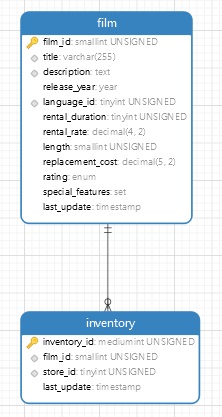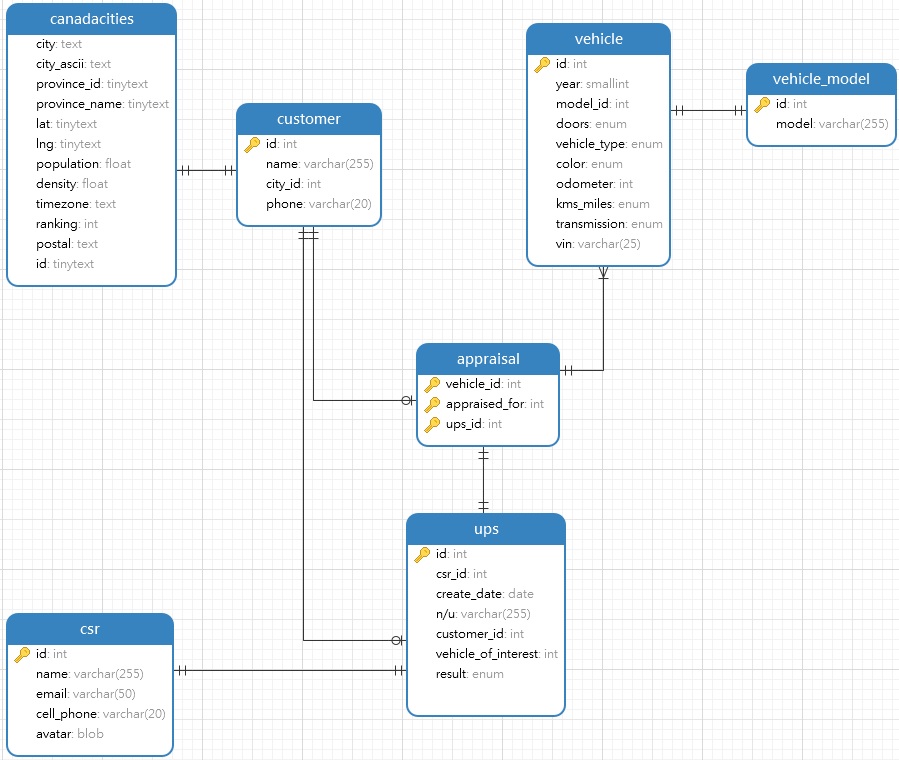
One of the key features that sets Redis apart from other key-value stores is its support of numerous data types, which include strings, lists, sets, sorted sets, and hashes. This makes it easier for developers to solve problems because they tend to know which data type to use for a given task. This blog will outline the six data types supported by Redis.
Redis is an open source, BSD licensed, advanced key-value store, written in C. It's also referred to as a data structure server, since the keys can contain strings, hashes, lists, sets and sorted sets. This tutorial will provide the fundamentals of Redis concepts needed to start using it right away.
Version 16.2 of Navicat Premium added several exciting new features to an already stellar product, the most noteworthy being Redis support. Now, there is a Navicat administration and development client specifically for Redis. Navicat for Redis offers users an easy-to-access visual interface to visualize and optimize Redis data. It includes a rich set of features for making routine management tasks simpler, easier and more efficient than ever before. It can connect to any local/remote Redis server, and is compatible with cloud databases like Redis Enterprise Cloud, Amazon ElastiCache, Google Memorystore and Microsoft Azure. This blog will outline some of Navicat for Redis's most important features.
During the process of normalization, groups of fields that represent a distinct entity are removed from a larger and/or more central table to a separate one. Common fields (usually IDs) are then employed to maintain their relationship. We can see an example below:

In relational database, referential integrity between tables is enforced using foreign key constraints.
This blog will cover how foreign keys work as well as how to create a foreign key constraint in MySQL using Navicat 16 for MySQL .
As part of the process of normalizing database tables, redundant columns are extracted from higher level tables into separate subsidiary ones. This often occurs due to some fields having a one to many relationship with the parent entity. For example, take the following model that was generated using Navicat Data Modeler:

- 2024 (1)
- 2023 (1)
- 2022 (1)
- 2021 (1)
- 2020 (1)
- 2019 (1)
- 2018 (1)
- 2017 (1)















